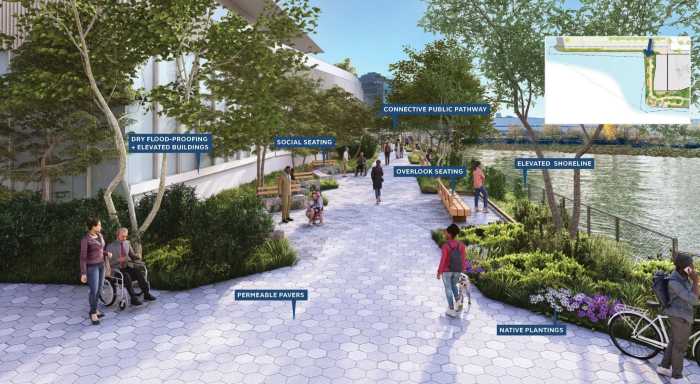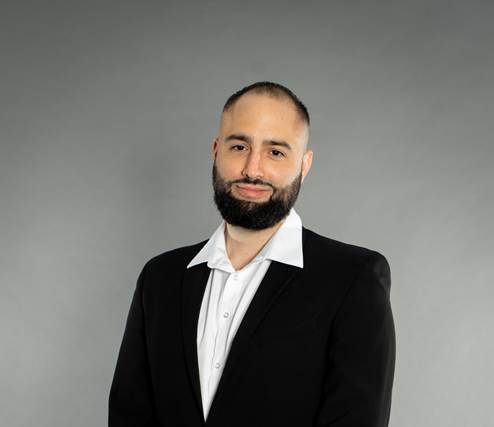Back in 1985, Tom Greene – then a staffer at Fort Hamilton High School – broached the idea of building a marine science lab for student use at Denyse Wharf, an unused pier on federally-owned land in the shadow of the Verrazano Narrows Bridge.
Fast-forward 23 years to 2008. Despite Greene’s persistence, the Denyse Wharf science lab remains what it was the day he began his quest – a dream.
But Greene, now retired from Fort Hamilton, is still on message. With U.S. students failing to keep up in the arena of science with their brothers and sisters in other countries, an investment in the lab, he says, will pay big dividends for a relatively modest outlay.
In 2001 – when a feasibility study funded by then City Councilmember Marty Golden was undertaken — construction of the lab was estimated at $10 million. In today’s costs, Greene said at the October meeting of Community Board 10, that could be up to $15 or $16 million.
The cost of the site itself would be minimal. The United States Army had expressed itself as willing to lease the wharf to the city’s Department of Education for $1 a year.
Greene spoke about the lab during the October meeting of Community Board 10, which voted to back the proposal in 1999.
“We are woefully behind the rest of the world in science,” Greene told the group gathered at the Knights of Columbus hall, 13th Avenue and 86th Street.
“We’re ranked 29th among the industrialized nations of the world,” he stressed. “We’ve fallen especially behind in laboratory science. The state of New York and the federal government require that every student engage in hands-on laboratory science in the schools. It’s not happening. The equipment is not there, so the compliance is not happening right now.”
What would the lab comprise? Greene’s vision is of a facility open to public and private school students on school days and open to the public on weekends. Geared for students from kindergarten to grade 12, it would incorporate not only laboratory equipment, but also a large aquarium on a barge attached to the wharf.
The study done in 2001 by DOE had determined, said Greene, that “it’s feasible to build a science lab on that property. The DOE said this regional lab has merit in 2001. But, nothing has happened since then.”
Subsequently, Greene added, DOE had said that the proposal was “not cost effective. How could any school be not cost- effective? I couldn’t figure out what they meant by that.”
A final element to Greene’s plan for the wharf would be a public promenade along the adjacent waterfront, whose place in history dates back to the American Revolution.
The connection between city students and Denyse Wharf already exists. Fort Hamilton students taking marine science have used the wharf to take water samples as part of the Water Watch program since 1985.
In addition, under Greene’s tutelage, area students and educators have gathered at the pier for cleanups since 1992. Most recently, the dedicated group spent an early October Saturday at the wharf, cleaning up marine debris and detritus.
How long this project has been on the table can be measured by the U.S.’s rank internationally in science education. When Greene spoke to CB 10 about the proposal, back in 1998, the United States was 18th worldwide in terms of science achievement. By 2003, when he went back to the board to ask again for help, the U.S. ranked 25th worldwide in science education.
By press time, the DOE had not responded to a request for comment.























